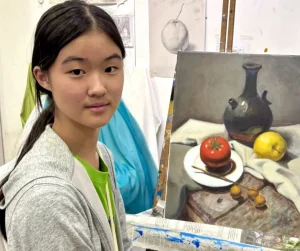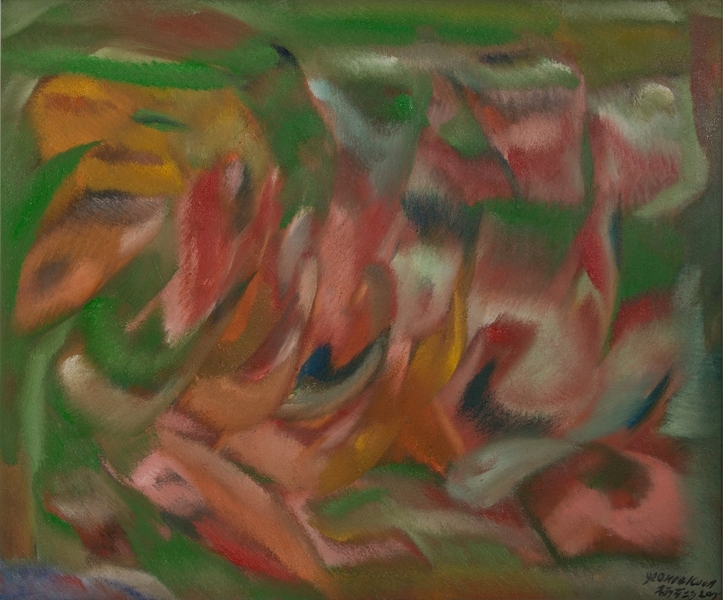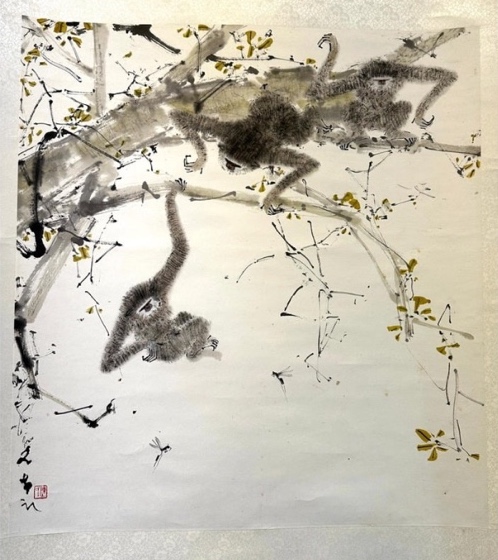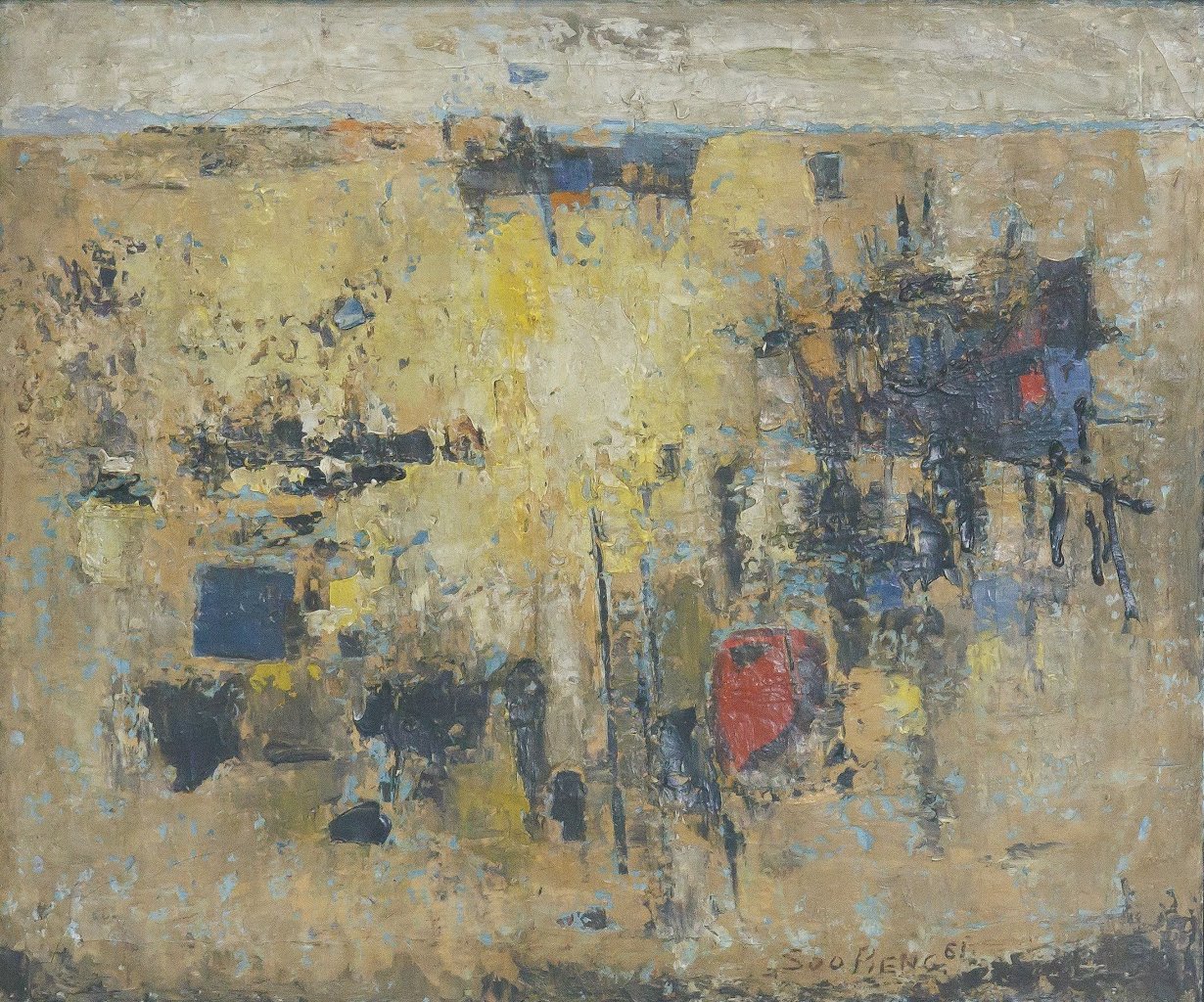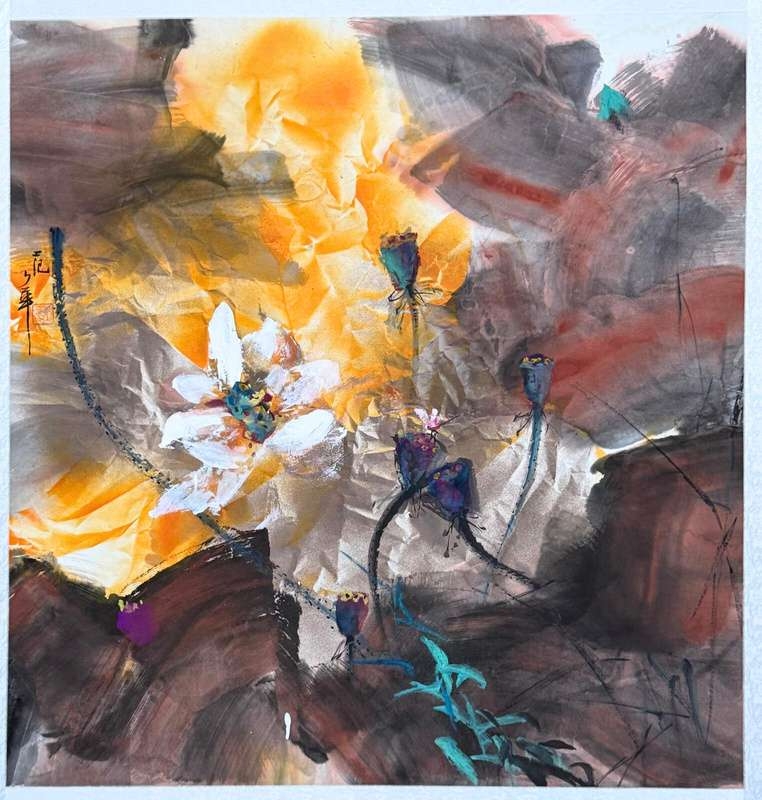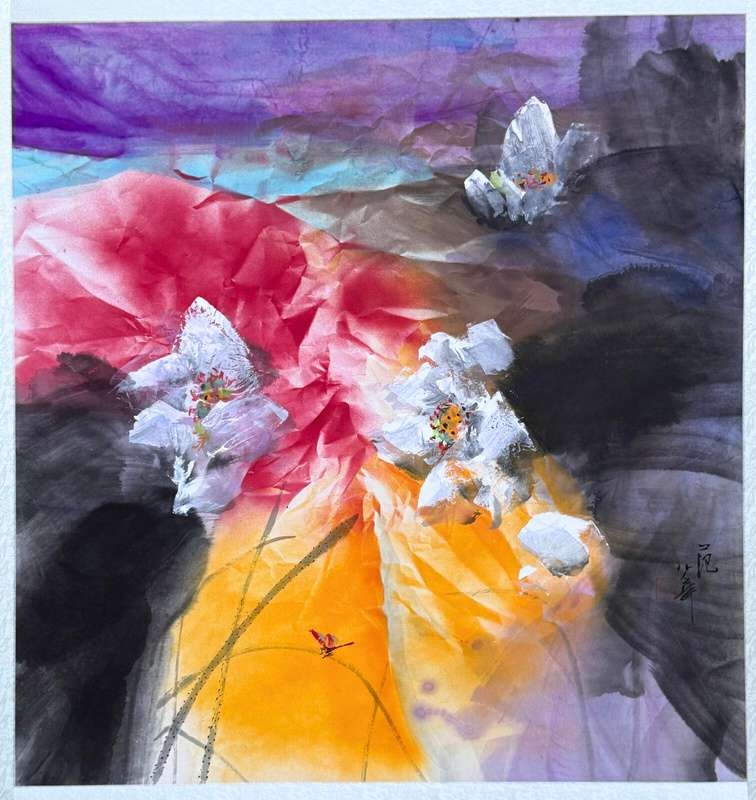携手同行,共创未来—- 国庆节企业艺术团建
”一起打造我们的新加坡“—- 国庆节企业艺术团建 国庆节快到了,举国欢庆新加坡国家的诞生,今年新加坡60岁了。 在这几十年中新加坡经济飞速发展,各个领域都取得了很好的成绩,身为新加坡企业,在新加坡的建设中都做出了贡献,企业发展离不了称职的好员工,在国庆节到来之际,举国同庆。是时候给员工一些福利,来一场艺术团建吧! ”一起打造我们的新加坡“ 企业团建,让全部员工参与,让员工们做到互相信任、共同进退、团结一致、完成使命。 提供的艺术团建就是用艺术绘画元素,员工们一起参与,团结一致完成艺术作品。可以员工一起画出企业壁画,可以到户外画美丽的新加坡景观,可以一起画包包,也可以画企业文化衫Tshirt,还可以学习传统工艺蜡染等等. 我们提供艺术团建的策划、提供活动场地,提供导师指导、提供所有材料. 具体详情可上网咨询: Call/Whatspp: 62550711 Email: info@visualartscentre.sg More Blogs Singapore National Day Art Jamming – Building A Future Together! Father’s Day – A special art jamming bonding for all! Mother’s Day – A special art jamming team bonding for your employees Hari Raya – A special art …

